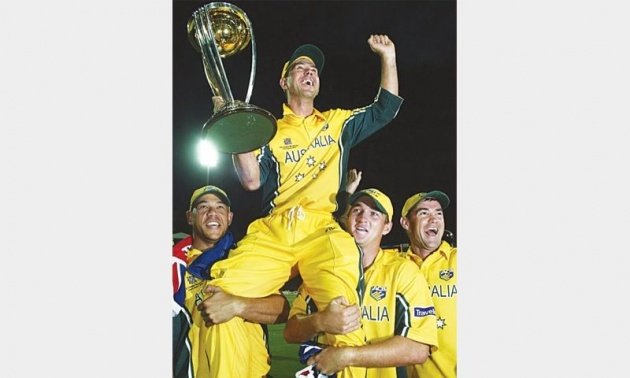
For the first time since 1975, the World Cup moved to the African continent and was staged largely in South Africa, with two games in Kenya and the Zimbabweans playing their games on home turf. This was also the tournament where the International Cricket Council (ICC) took full control of the global event and became the official organisers, bringing in long-term sponsors and laying down the law for ambush marketing. This meant that spectators would be frisked at entry points on stadiums to make sure they were not bringing in any item that belonged to the rival company of the tournament sponsors.
The ICC expanded the teams to 14 for this event and the number of matches went to 54 from 42 as the purists again cried that there was too much cricket that was not of World Cup quality. But the fact that Kenya went almost all the way made up for insipid efforts from the three other non-Test sides who were picked as they finished in the top three of the ICC Trophy, a qualifying event. They were Netherlands and Namibia (the two finalists) along with Canada, who finished third.
The ICC decided to stick to the 1999 format, hoping that the lacuna that could push forward a non-Test team into the last four would not be taken advantage of. They were wrong. In fact this time the rule that you could carry forward the points from the group stage if the team you beat also qualified allowed Kenya a semi-final spot, which Zimbabwe (though a Test side then but lowly ranked) had missed by a whisker in 1999. Ironically, their win over Zimbabwe in the Super Six propelled them into the semi-finals, where they lost to India.



